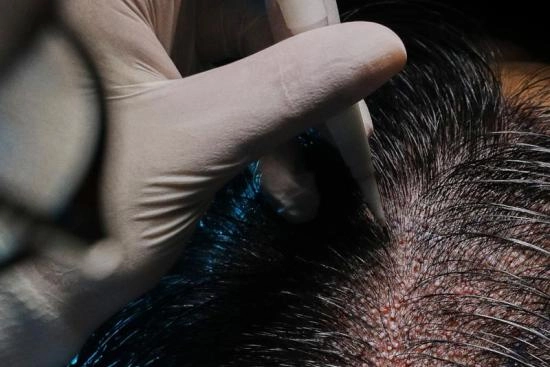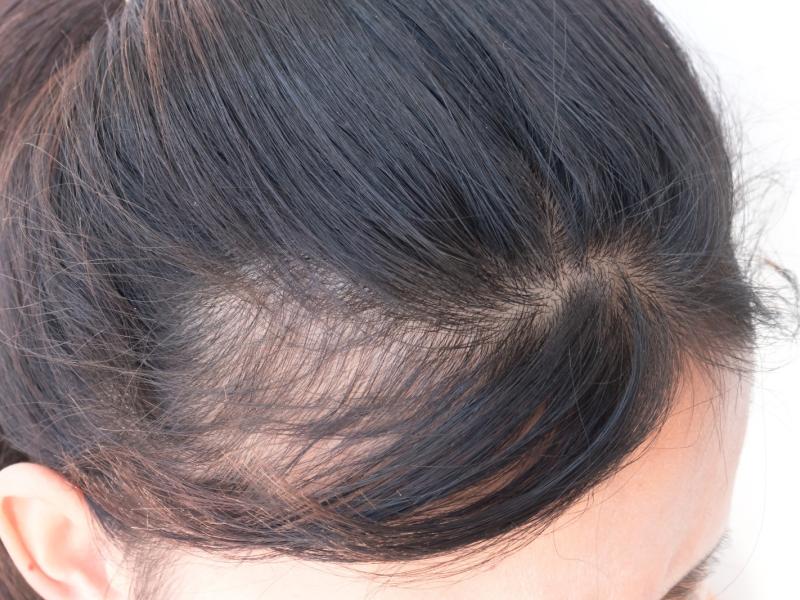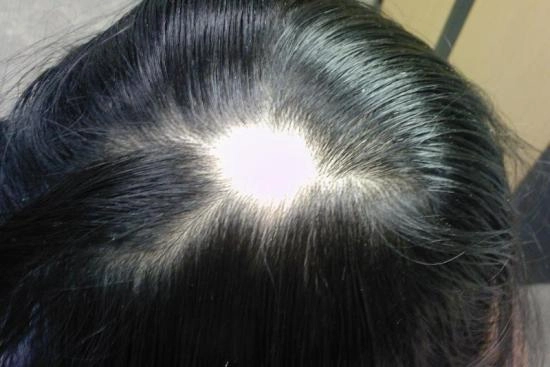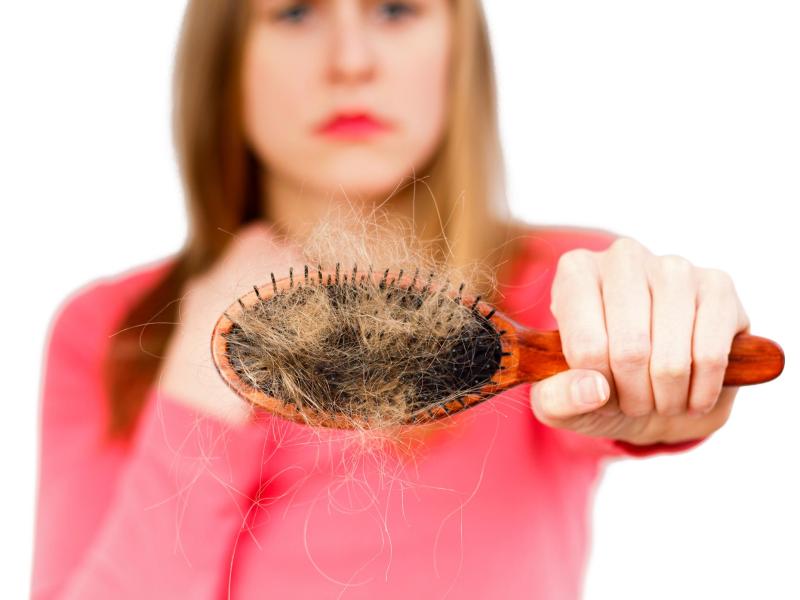Having thick, healthy hair is an aesthetic asset that many people seek. In a world where appearance plays a key role both personally and professionally, hair transplantation is an effective solution to hair loss. But one question often arises: is it possible to have a hair transplant without shaving your head?
The good news is: yes, it's possible! A growing number of innovative techniques now make it possible to perform a hair transplant while preserving the length of your existing hair. This is an ideal alternative for those who want a natural, discreet result without major aesthetic upheaval.
- People with localized hair loss.
- People with aesthetic concerns.
- Infection.
- Irregular hair growth.
- Sensation of numbness.
- Allergic reactions.
- LLLT laser therapy.
- Micro-pigmentation of the scalp.
- Between 4 and 6 hours.
- In one to two days.
- 95% to 100%.
Cost of hair transplantation in Turkey
The cost of an unshaven hair transplant in Turkey can vary depending on the technique used and the number of grafts required. At Turquie Santé, the price of an unshaven hair transplant varies between $1,500 and $4,000. We guarantee our patients an unrivaled quality of care thanks to the equipment provided and the expertise of the medical and paramedical staff at their disposal.
Ready to take the plunge? Request your free detailed quote today and get a complete estimate of the cost of your shaving free hair transplant in Turkey. We'll provide you with all the information you need about medical expenses, medications and your stay at one of our partner clinics.
Best Clinics with Verified Reviews

- Multispecialized hospital
- 7 operating rooms
- Capacity é of 170 beds

- Multispecialized hospital
- Hospital founded in 2007
- Very good reputation in ENT department
Can I avoid shaving during a hair transplant procedure?
Shaving the donor area is an essential step in most hair transplant procedures. It allows the specialist to harvest a greater number of follicles while ensuring an optimal success rate. Shaving the donor area also allows the surgeon to better monitor the condition of the scalp and post-operative regrowth to ensure natural, harmonious results.
If you're concerned about the idea of a full shave, there are alternatives! In Turkey, certain advanced techniques allow us to shave only targeted areas, minimizing the immediate aesthetic impact. These methods are ideal for people with active social or professional lives who want to maintain their appearance.
Are you considering hair transplantation in Turkey? Contact one of our partner specialists today for a personalized diagnosis!

When can you opt for an unshaven hair transplant?
Hair transplantation without shaving is an increasingly popular solution for those who want to regain a full head of hair while maintaining a natural appearance during and after the procedure. There are two main options: hair transplantation without shaving and hair transplantation without shaving the recipient area.
Both options are ideal for patients, male or female, who meet certain criteria:
- Limited number of grafts: This technique is perfect when the number of follicular units to be transplanted is between 1,500 and 2,000. However, a full head shave may be required for larger transplants to ensure precision and efficiency.
- Hair of sufficient length: If your hair is longer than 2 inches, it is possible to cover the shaved areas during and after the procedure. This allows you to maintain your appearance while enjoying the benefits of the transplant.
- Existing hair density: This method is especially recommended for people who still have good hair density and want to treat specific areas, such as the hairline or temples.
Want to find out if you're a candidate for a hairless transplant? Contact us today for a personal consultation and discover the solution that's right for you!

Totally shave free hair transplant
Completely shave free hair transplantation is an innovative technique that allows hair transplantation to be performed without shaving a single hair. This method is particularly suitable for people who suffer from mild to moderate baldness or who wish to thicken thinning areas.
Advantages of the technique
Shaveless hair transplantation offers several advantages, including:
- Complete preservation of your appearance, as neither the donor area nor the recipient area is shaved.
- Ideal for people who want complete discretion.
- Preserves the natural look of existing hair.
How does this technique work?
Shave-free hair transplantation relies on the use of an advanced perforation tool that is specifically designed to extract individual hair grafts from the donor area. This tool separates the hair follicles from the surrounding tissue without damaging existing hair. Once extracted, the follicles are carefully prepared for transplantation.
The DHI (Direct Hair Implantation) technique is commonly used to implant hair follicles in the recipient area. Using the Choi pen, the grafts are placed with maximum precision in the targeted areas. This method is particularly appreciated for its ability to respect the density and direction of the existing hair, providing impeccable visual results.
Note: Up to 1,500 grafts can be transplanted in a single session and 3,000 grafts in two sessions.

Hair transplant without shaving the recipient area
If you'd like a hair transplant without shaving the recipient area, this method is an effective alternative. Only the donor area is shaved to optimize the extraction of the hair follicles.
Why choose this option?
This method is particularly suitable for people who:
- Are looking for a discreet solution with no visible transition period.
- Need more grafts for greater hair density.
- Are looking for a less expensive alternative to a hair transplant that is completely unshaven.
The operation process
Before surgery, only the donor area is shaved to facilitate follicle extraction. The surgeon then uses the U-FUE (Unshaven Follicular Unit Extraction) method to remove the follicles one at a time, preserving them in a special solution that maintains their vitality.
The grafts are then implanted directly into the recipient area without shaving, respecting the natural orientation of your hair. This approach ensures an even, imperceptible result without altering your current hairstyle.
Difference between shaven and unshaven hair transplant
Here is a table summarizing the key differences between shaven and unshaven hair transplants:
| Feature | Shaven Hair Transplant | Unshaven Hair Transplant |
| Donor Area Shaving | Yes | No |
| Extraction Method | Strip harvesting or FUE | UFUE |
| Procedure Time | Shorter | Longer |
| Cost | Lower | Higher |
| Recovery Time | Shorter | Longer |
| Scarring | More visible | Less visible |
| Natural Appearance | Less | More |
| Suitability for Long Hair | Not suitable | Suitable |
Share this page
Certainly, hair transplants can be conducted on individuals with long hair. There are several methods available, each carrying its own set of pros and cons. The most prevalent method for hair transplants in individuals with long hair is the Unshaven Follicular Unit Extraction (UFUE).
A suitable candidate for an unshaven hair transplant generally refers to individuals who are witnessing mild to moderate hair loss or thinning in specific regions. Their primary goal is to preserve their existing hairstyle without the need to shave their head.
The recuperation time for an unshaven hair transplant is typically comparable to that of a conventional hair transplant. Initially, patients may encounter redness, swelling, and slight discomfort in the area where the hair is transplanted. Fortunately, these symptoms usually fade away within a few days to a couple of weeks. It is important to note that some hair loss may occur in the initial three months following the treatment, but this is a normal occurrence. A complete recovery of the scalp and the optimal growth of new hair typically take between 6 and 12 months after the procedure.






